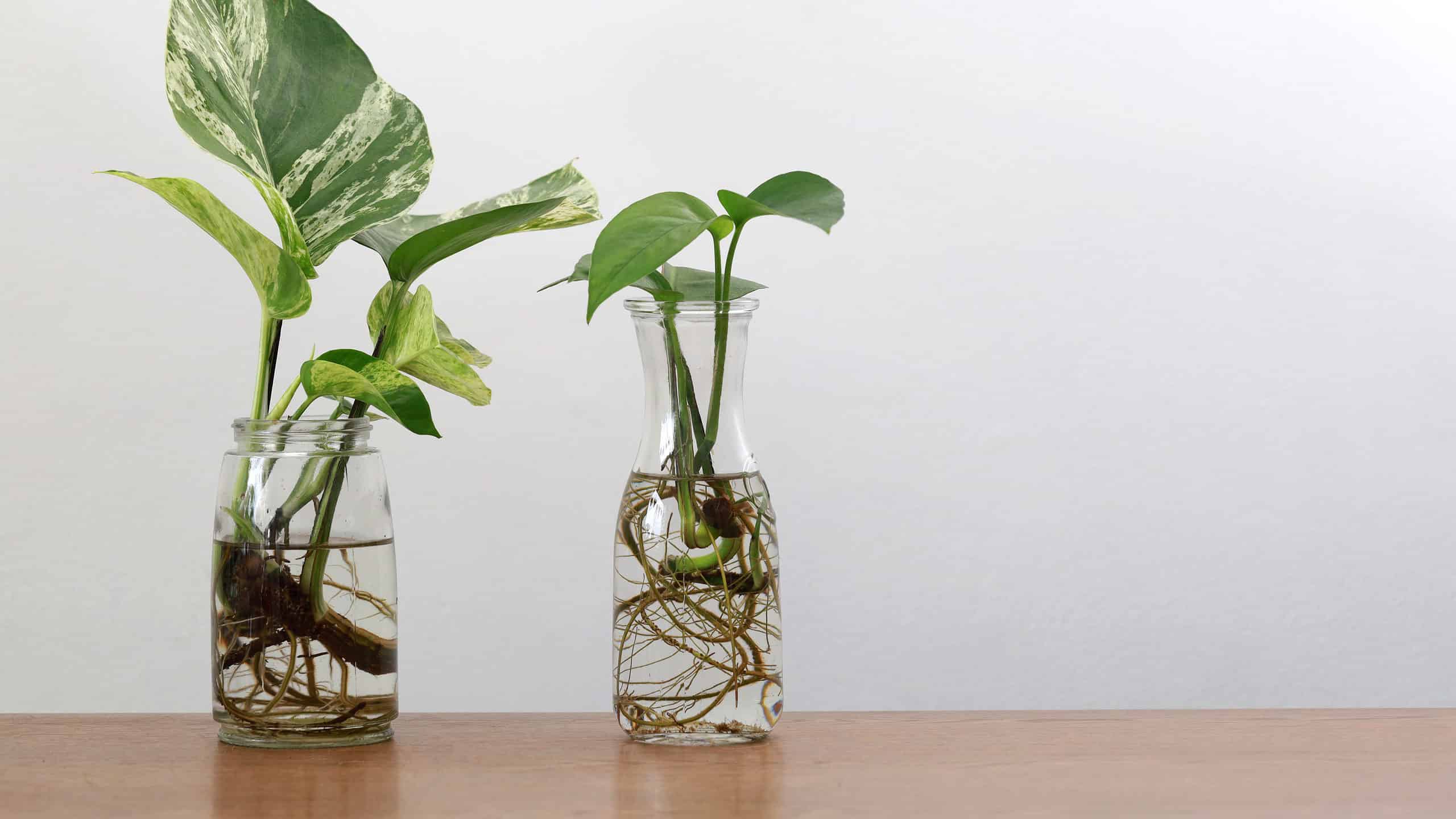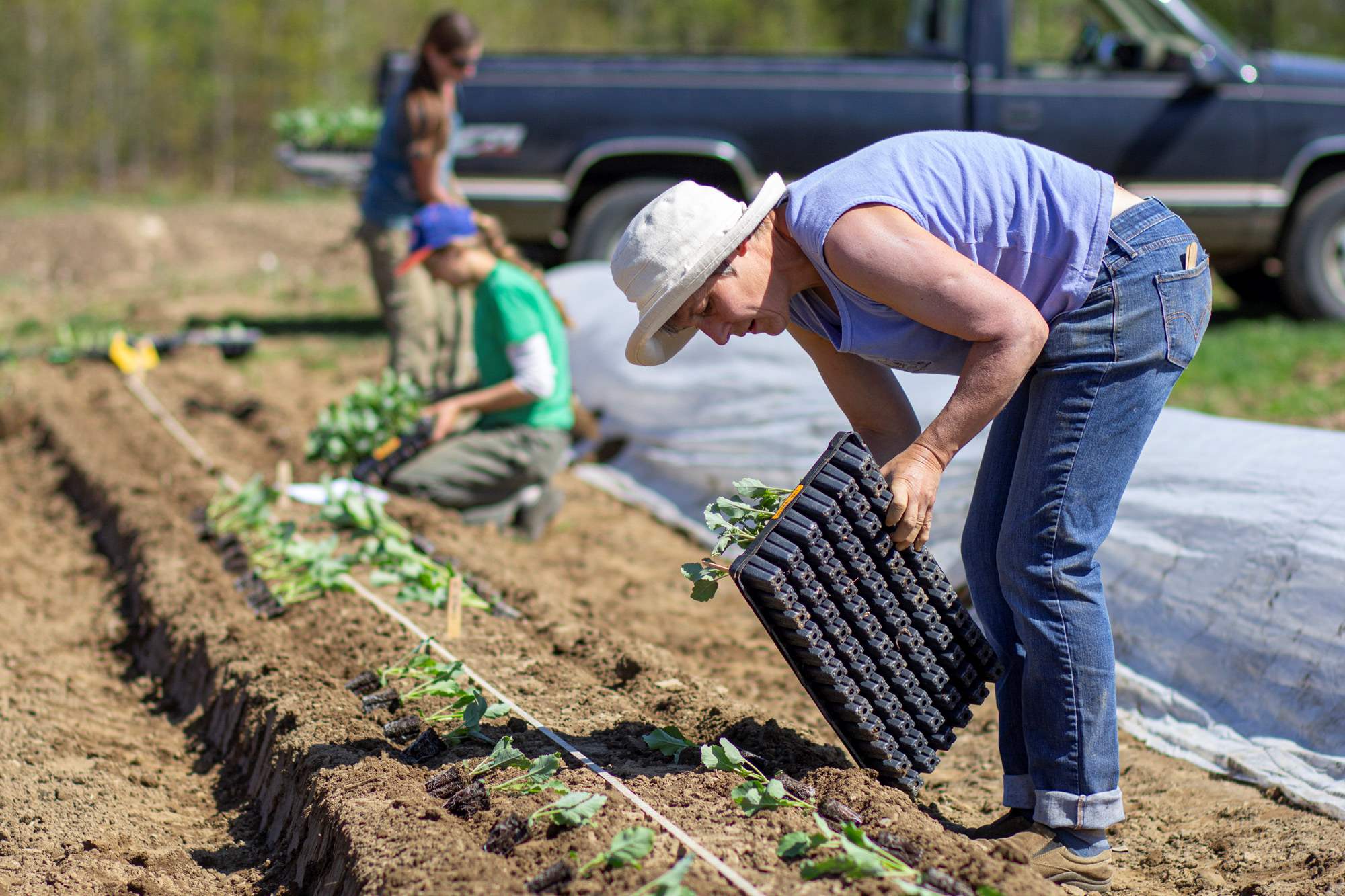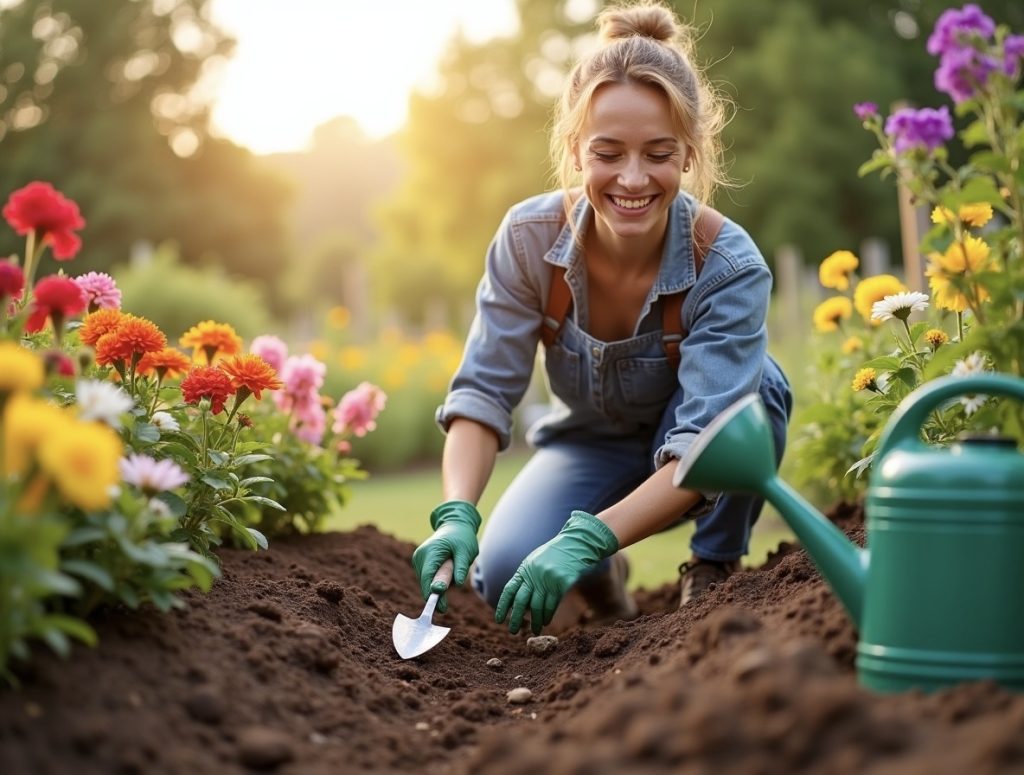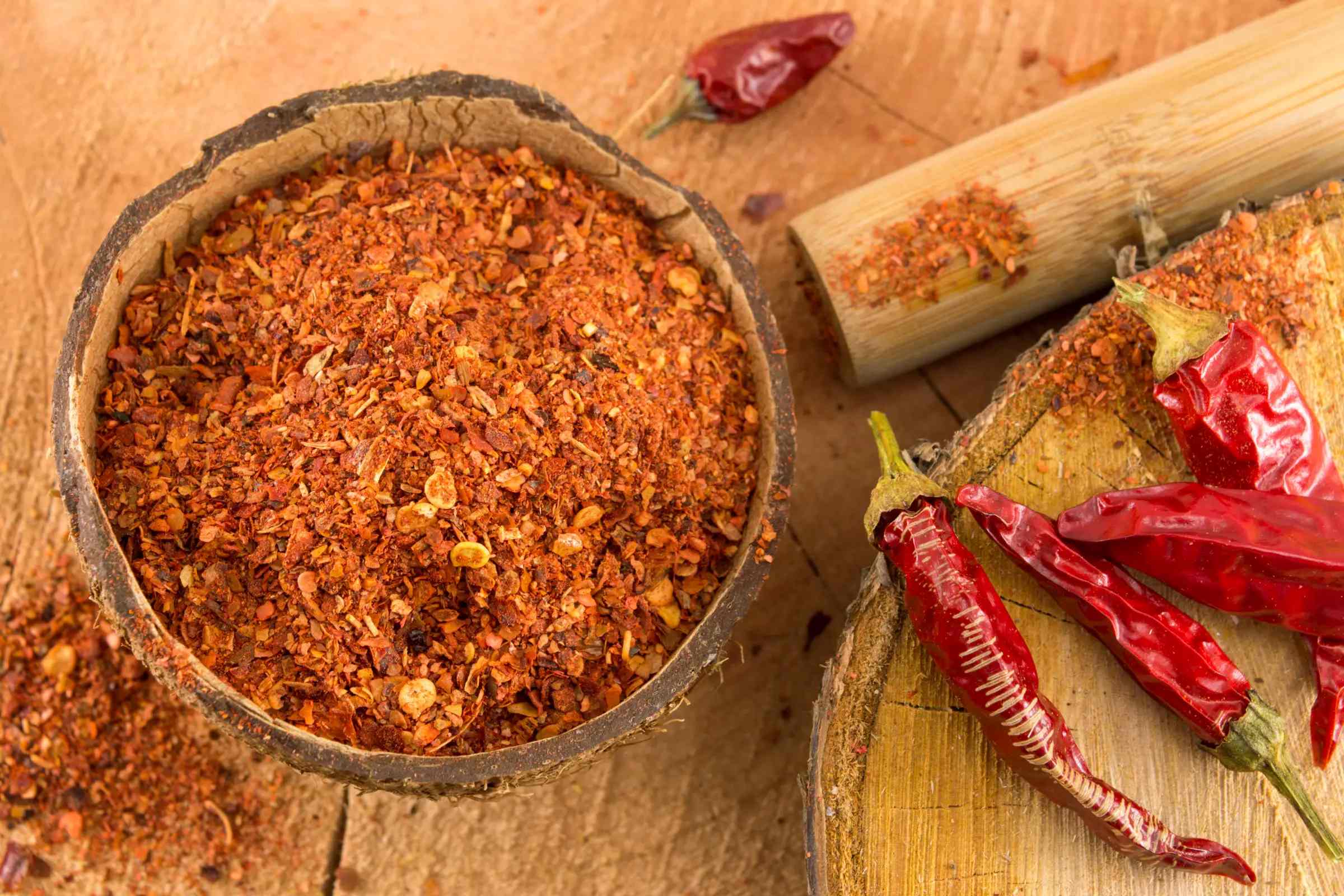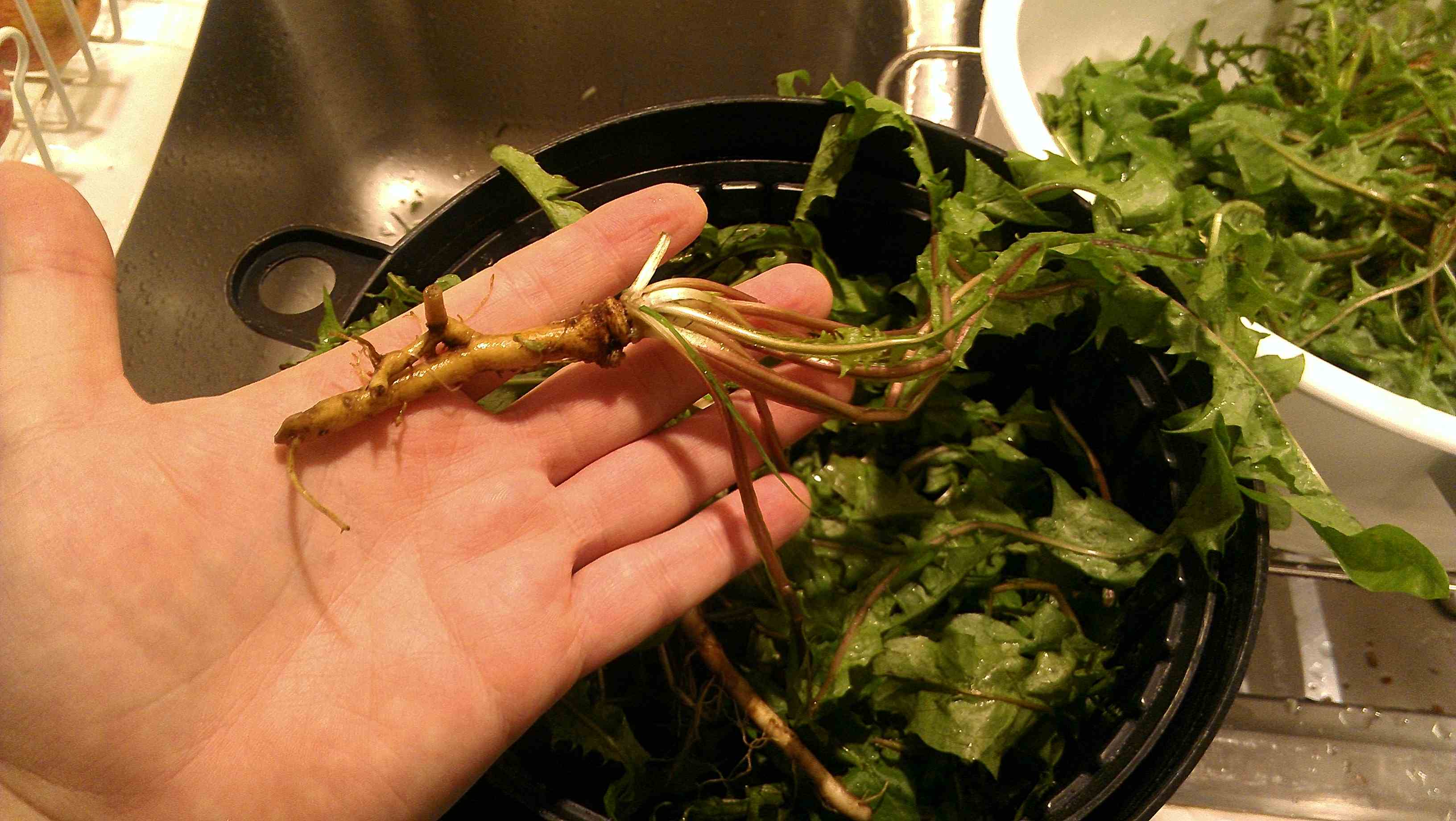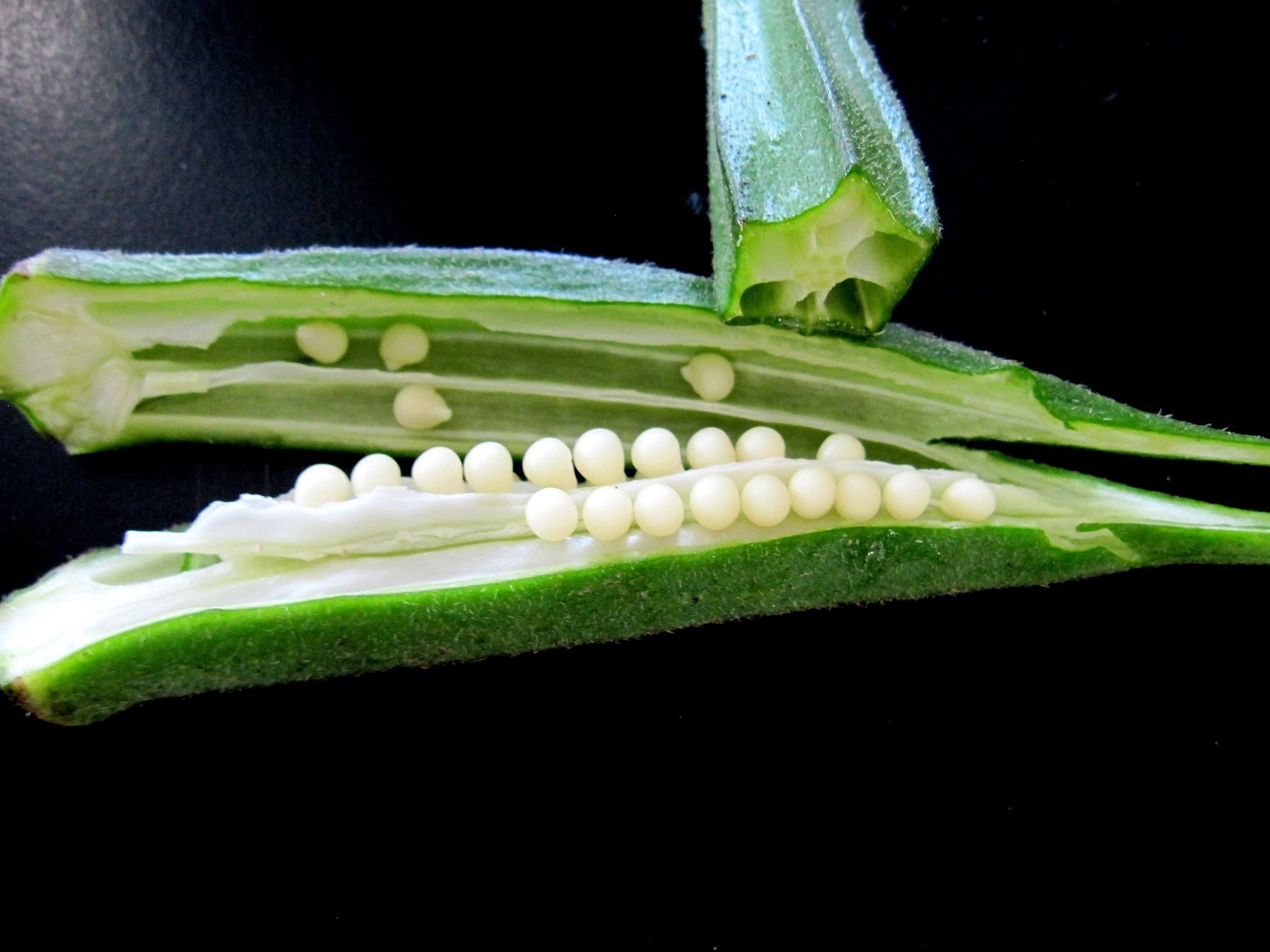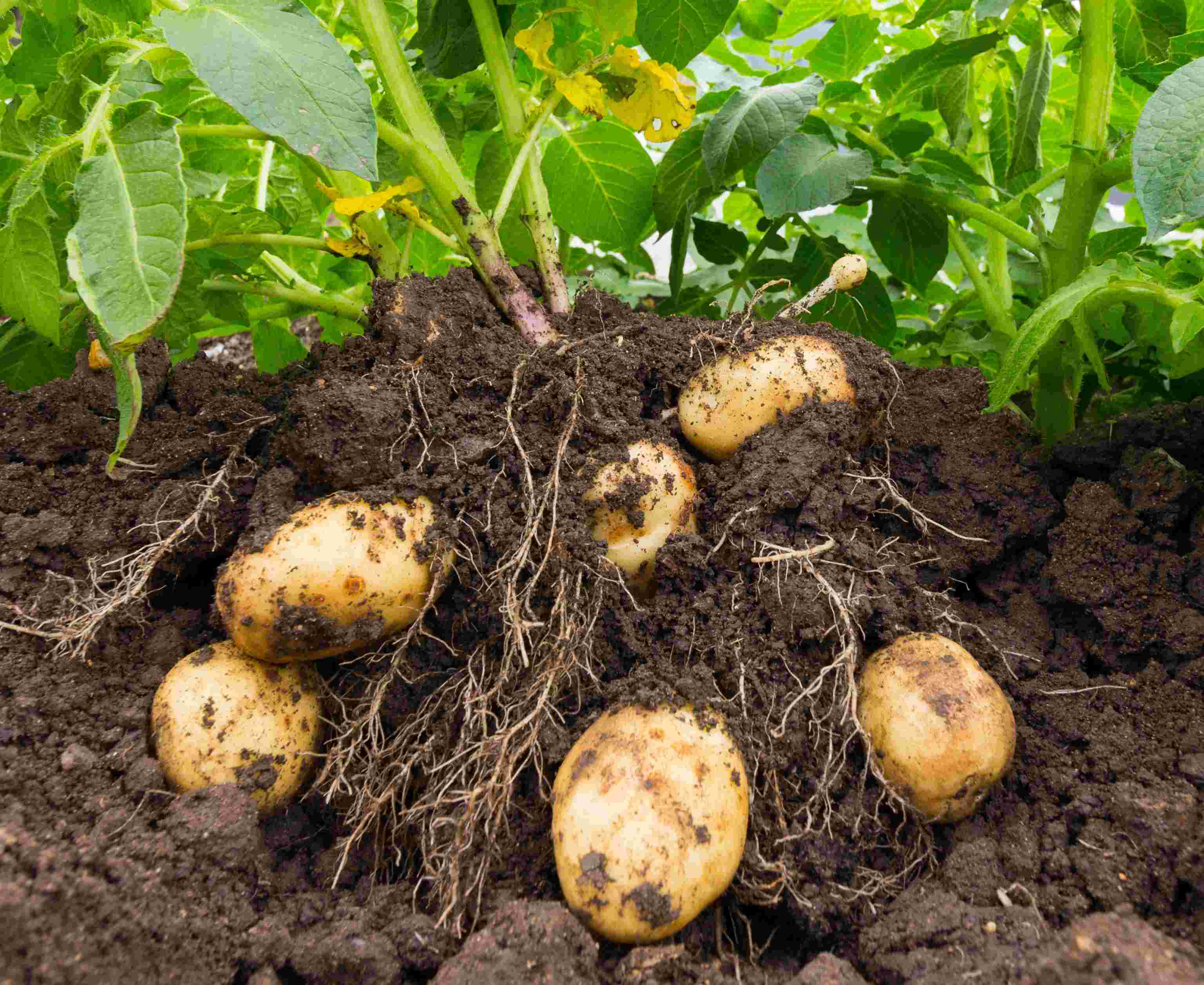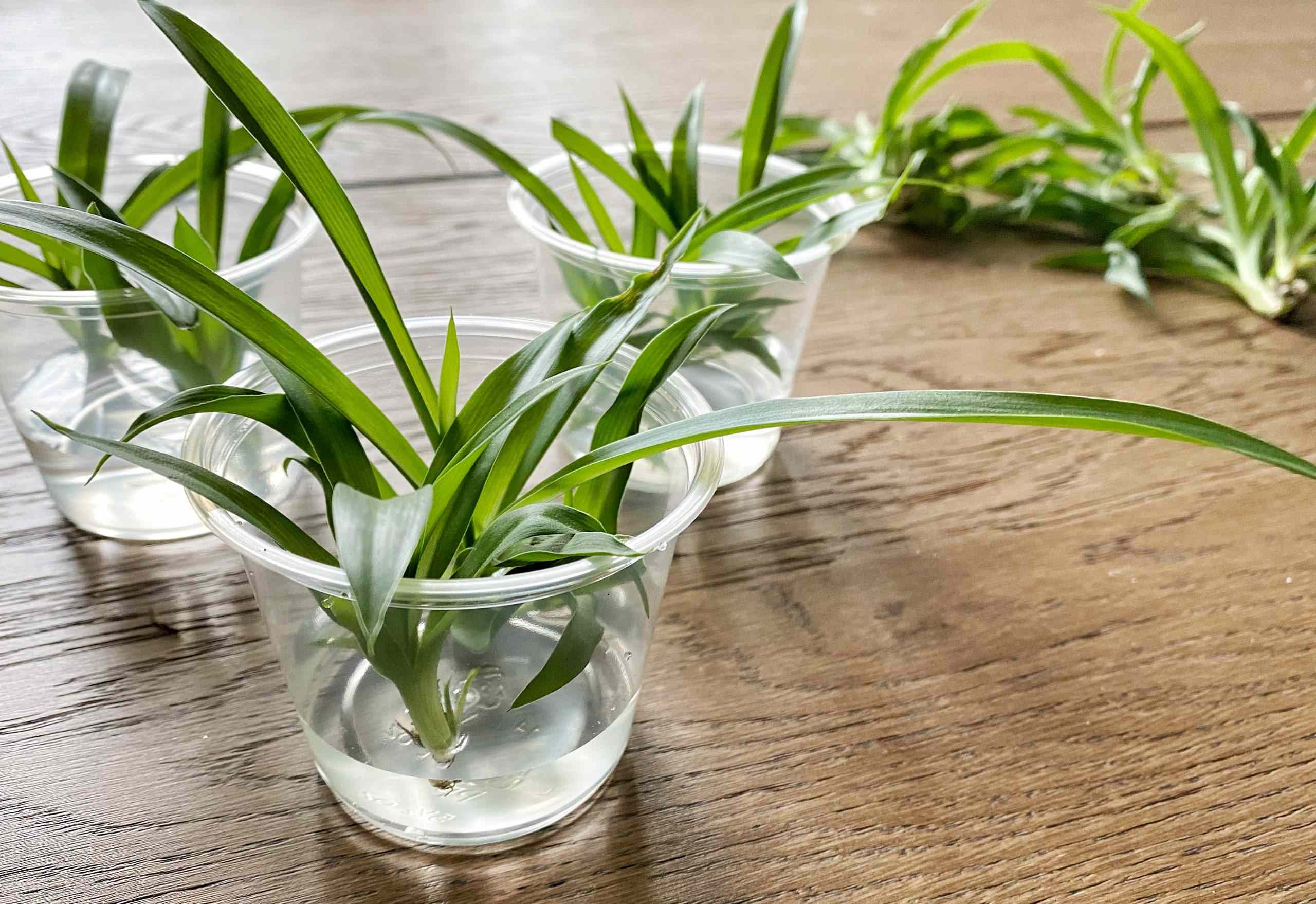Home>Types of Gardening>Edible Gardening>How Long To Cure Potatoes Before Planting
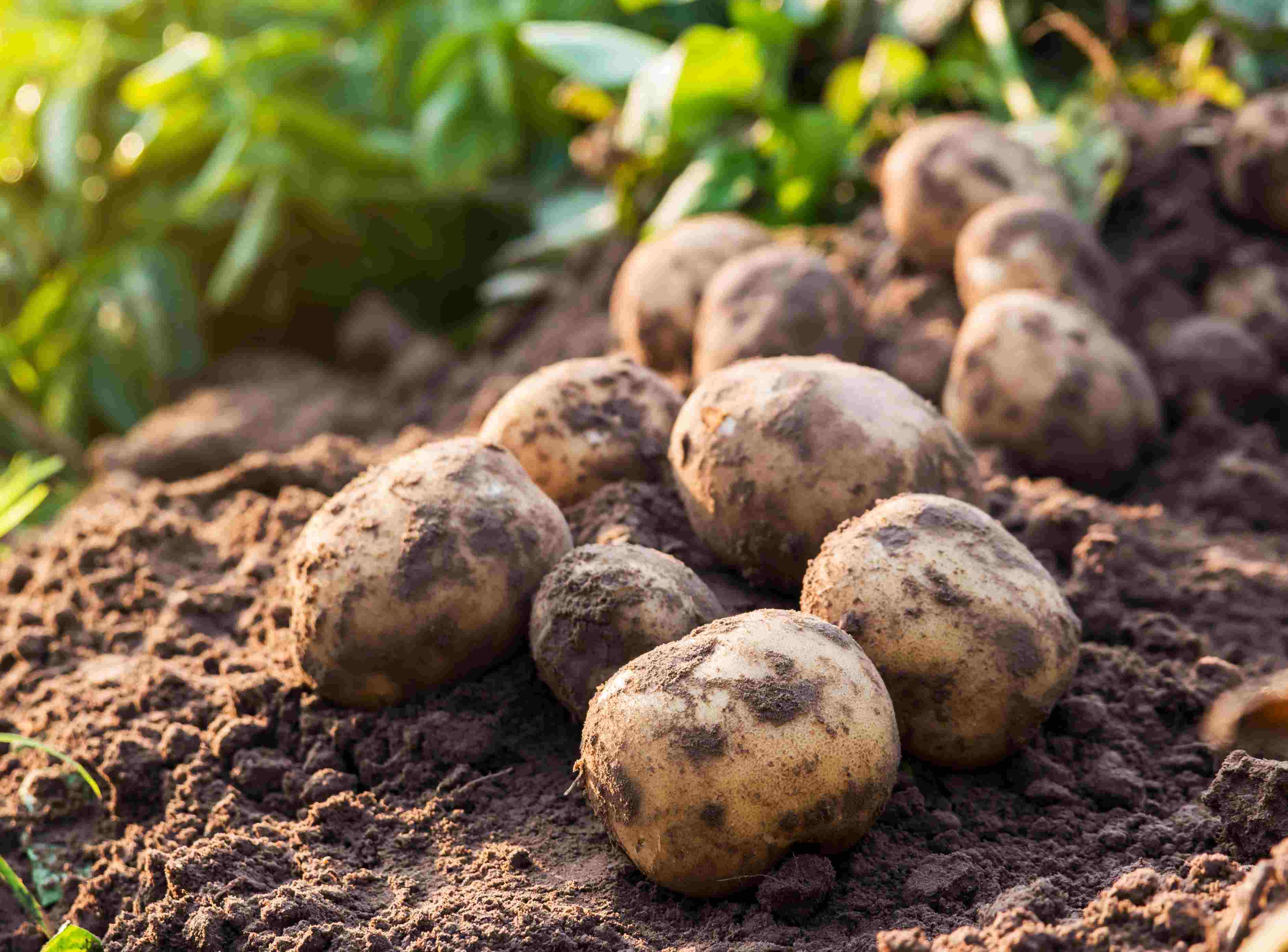

Edible Gardening
How Long To Cure Potatoes Before Planting
Published: September 6, 2023
Learn how long you should cure potatoes before planting and get expert advice on edible gardening. Get the best results for your homegrown potatoes.
(Many of the links in this article redirect to a specific reviewed product. Your purchase of these products through affiliate links helps to generate commission for Chicagolandgardening.com, at no extra cost. Learn more)
Table of Contents
Introduction
Welcome to the world of edible gardening, where you can grow your own fresh and nutritious produce right in your backyard! One of the most popular crops to grow is potatoes. These versatile tubers can be enjoyed in a variety of delicious dishes, making them a staple in many households. But before you can plant your potatoes, there is an important step you need to take: curing them.
Curing potatoes is the process of drying and hardening the skin of the tubers after they have been harvested. This crucial step not only helps extend the shelf life of the potatoes but also enhances their flavor and texture. By allowing the potatoes to cure properly, you are ensuring that they will store well and be enjoyable to eat for months to come.
In this article, we will explore the factors that affect potato curing time, the optimal duration for curing potatoes, the importance of this process, methods for curing potatoes, common mistakes to avoid, and the signs of well-cured potatoes. Additionally, we will discuss the proper harvesting and storing techniques to ensure that your cured potatoes remain fresh and delicious.
Whether you are a seasoned gardener or just starting out, learning about potato curing is essential for successful edible gardening. So, let’s dive in and discover the secrets to perfectly cured potatoes!
Factors Affecting Potato Curing Time
The time it takes for potatoes to cure can vary based on a few key factors. Understanding these factors will help you determine the optimal duration for curing your potatoes.
1. Potato Variety: Different potato varieties have varying curing times. Some varieties, such as Russets, may require a longer curing period, while others, like Red Bliss, may need less time. It’s important to research the specific needs of the potato variety you are growing to ensure you give them the appropriate curing time.
2. Skin Thickness: The thickness of the potato skin can affect the curing time. Potatoes with thicker skins tend to take longer to cure compared to those with thinner skins. Thicker-skinned potatoes may need a couple of weeks or more of curing to properly dry and harden the skin.
3. Weather Conditions: The weather conditions during the curing period can also impact the time it takes for potatoes to cure. Warm and dry conditions are ideal for curing as they facilitate the drying process. If it’s cool and humid, the curing time may be prolonged, and extra care needs to be taken to ensure the potatoes dry thoroughly.
4. Harvesting Time: The stage at which you harvest your potatoes can affect their curing time. Potatoes that are harvested later in the season when the skins have thickened are generally easier to cure compared to those harvested earlier when the skins may still be thin and delicate.
5. Storage Conditions: The conditions in which you store your potatoes after harvest can impact their curing time. Potatoes need to be stored in a cool, dark, and well-ventilated area during the curing period. If the storage conditions are not optimal, the potatoes may take longer to cure or may not cure properly, leading to potential storage issues later on.
By considering these factors, you can better estimate the curing time needed for your potatoes and ensure that they are properly cured before planting them. Let’s now explore the optimal duration for potato curing.
Optimal Curing Time for Potatoes
Now that we understand the factors that can influence potato curing time, let’s discuss the optimal duration for curing potatoes. Generally, potatoes should be cured for a period of 1 to 2 weeks.
During this time, the potatoes should be kept in a well-ventilated area with temperatures ranging between 45 to 60 degrees Fahrenheit (7 to 15 degrees Celsius) and a relative humidity of around 85 percent. These conditions allow the tubers to dry out slowly and develop a protective layer on the skin, which helps extend their shelf life.
It’s important to note that the curing process should be done in a dark or low-light environment. Exposure to direct sunlight can lead to greening of the potatoes, which produces a compound called solanine that can be toxic if consumed in large quantities.
Curing time may vary depending on the factors mentioned in the previous section. For example, potatoes with thicker skins or those harvested earlier in the season may require longer curing periods. It’s crucial to monitor the potatoes closely during this time and adjust the duration if necessary.
Additionally, some gardeners prefer a longer curing time of 2 to 3 weeks for certain varieties, especially if they plan to store the potatoes for an extended period. This longer curing period allows for better preservation and enhances the flavor and texture of the potatoes.
Overall, the optimal curing time for potatoes is a balance between allowing enough time for the tubers to dry and harden their skin while avoiding overexposure, which may cause premature aging or sprouting. By maintaining the appropriate curing conditions and duration, you can ensure that your potatoes are primed and ready for planting.
Importance of Curing Potatoes
Curing potatoes is a critical step in the post-harvest process with several important benefits. Let’s explore why curing potatoes is so important:
1. Extended Shelf Life: Curing allows the potatoes to develop a protective layer on their skin, which helps to seal in moisture and prevent early spoilage. This extends the shelf life of the potatoes, allowing you to enjoy them for a longer period.
2. Improved Flavor and Texture: Cured potatoes tend to have better flavor and texture compared to uncured ones. The curing process allows the starches in the potatoes to convert to sugars, resulting in a sweeter and more flavorful taste. Additionally, curing helps the potatoes develop a firmer texture, making them ideal for various culinary preparations.
3. Reduction in Disease and Rot: Properly cured potatoes are less prone to diseases and rot. Curing helps to toughen the skin, making it more resistant to pathogens and preventing moisture buildup that can lead to rotting. This reduces the risk of losing your precious crop to common potato diseases.
4. Easier Storage and Handling: Cured potatoes are more durable and easier to handle during storage. The hardened skin protects the potatoes from bruises, cuts, and abrasions that can occur during handling and transportation. This makes it easier to store and transport your potatoes without worrying about damage.
5. Consistent Quality of Harvest: Curing also allows for consistent quality across the entire harvest. If you have harvested potatoes at different stages of maturity, the curing process helps them mature uniformly, resulting in a more consistent and reliable crop.
By taking the time to properly cure your potatoes, you ensure that they are better preserved, taste great, and have a longer shelf life. This additional step in the potato-growing process is well worth the effort and will ultimately reward you with delicious and healthy potatoes to enjoy throughout the year.
Methods for Curing Potatoes
There are a few different methods you can use to cure your potatoes effectively. Here are some common techniques:
1. Indoor Curing: This method involves placing your freshly harvested potatoes in a cool, dark, and well-ventilated indoor space. You can use a basement, garage, or any other area that meets the necessary conditions. Spread the potatoes out in a single layer on a clean surface or wire racks, ensuring good airflow around each tuber. Maintain the appropriate temperature and humidity levels during the curing period.
2. Outdoor Curing: If weather conditions permit, you can also cure your potatoes outdoors. Choose a shaded area that provides good air circulation and cover the potatoes with a breathable material, such as burlap or a shade cloth, to protect them from direct sunlight. Monitor the weather closely and make sure to bring the potatoes indoors if rain or high humidity is expected.
3. Box or Crate Method: Another popular method is to place the harvested potatoes in wooden or cardboard boxes or crates. Ensure there are adequate ventilation holes or slats in the boxes to allow for airflow. Layer the potatoes in a single layer, taking care not to stack them too high to prevent bruising. Store the boxes in a cool, dark, and well-ventilated area, such as a cellar or a shed.
4. Hanging Method: For smaller quantities of potatoes, you can use a hanging method. Tie the potatoes in mesh bags or pantyhose and hang them in a cool, dark, and well-ventilated area. Ensure that the potatoes have enough space between them to avoid bruising and promote even drying.
5. Combination Method: You can also combine different curing methods to suit your specific circumstances. For example, you can start the curing process indoors and then transfer the potatoes to an outdoor shaded area once the weather permits. This combination allows for optimal drying and hardening of the potatoes’ skin.
Remember to regularly inspect your curing potatoes for any signs of disease or rot and remove any affected tubers to prevent further contamination. By selecting a suitable curing method and providing the necessary conditions, you can ensure successful potato curing and enjoy healthy, flavorful potatoes throughout the year.
Common Mistakes to Avoid During Potato Curing
While potato curing is a relatively straightforward process, there are some common mistakes that can hinder the effectiveness of the curing and storage. By being aware of these mistakes, you can avoid them and ensure successful potato curing. Here are some common mistakes to avoid:
1. Insufficient Curing Time: One of the biggest mistakes is not giving the potatoes enough time to properly cure. Rushing the process can result in potatoes that are more susceptible to rotting and have a shorter shelf life. Be patient and follow the recommended curing time for your potato variety.
2. Improper Storage Conditions: Incorrect storage conditions can impact the curing process. Avoid storing potatoes in areas with high humidity or direct sunlight, as this can lead to greening or premature sprouting. Also, ensure good airflow around the potatoes to prevent moisture buildup and rot.
3. Failure to Inspect Potatoes: It’s important to regularly inspect your curing potatoes for any signs of disease or rot. Removing any infected or damaged tubers promptly will help prevent the spread of contamination to other healthy potatoes.
4. Overcrowding: Placing too many potatoes together while curing can restrict airflow and lead to moisture buildup and increased chances of rot. Make sure to spread the potatoes out in a single layer, both during curing and storage, to allow for proper drying and reduce the risk of spoilage.
5. Rough Handling: Rough handling during the curing process can cause cuts, bruises, or abrasions on the potatoes’ skin. These wounds can provide entry points for pathogens, leading to spoilage and reduced shelf life. Handle the potatoes with care to minimize damage.
6. Not Monitoring Temperature and Humidity: Proper temperature and humidity levels are crucial during the curing period. Failure to monitor and maintain these conditions can result in potatoes not curing properly or taking longer to dry. Use a thermometer and hygrometer to ensure the ideal conditions for your potatoes.
By avoiding these common mistakes, you can ensure that your potatoes cure effectively and have an extended shelf life. Proper curing is essential for preserving the quality and flavor of your potatoes, allowing you to enjoy them for months after harvest.
Signs of Well-Cured Potatoes
Knowing when your potatoes are well-cured is essential to ensure that they are ready for long-term storage or planting. Here are some signs to look for to determine if your potatoes have been properly cured:
1. Dry and Firm Skin: Well-cured potatoes will have a dry and firm skin. When gently touched, the skin should feel tough and not give in easily. This indicates that the potatoes have dried out adequately and have developed a protective layer on the skin.
2. Reduced Moisture Content: Cured potatoes will have a significantly lower moisture content compared to freshly harvested tubers. You can check the moisture levels by feeling the weight of the potatoes. Well-cured potatoes will feel lighter and less dense in your hand.
3. Tight and Wrinkle-Free Skin: The skin of well-cured potatoes will be tight and smooth, without any wrinkles or signs of shriveling. This indicates that the potatoes have undergone the necessary drying process and are less susceptible to moisture loss during storage.
4. Inspected and Disease-Free: Take a close look at your cured potatoes and inspect them for any signs of disease, rot, or sprouting. Well-cured potatoes should be free from mold, soft spots, or any other visible signs of damage. Remove any damaged or diseased potatoes to prevent further contamination.
5. Improved Flavor and Texture: Cured potatoes typically have an enhanced flavor and improved texture compared to freshly harvested ones. The curing process allows the starches in the potatoes to convert to sugars, resulting in a sweeter taste and firmer texture that is ideal for cooking and culinary preparations.
6. Stable Storage Conditions: Once potatoes are well-cured, they can be stored in a cool, dark, and well-ventilated area. If stored properly, well-cured potatoes can last for several months without significant loss in quality or taste.
By keeping an eye out for these signs, you can ensure that your potatoes have been properly cured and are ready for long-term storage or planting. Well-cured potatoes not only have an extended shelf life but also offer better flavor and texture, making them a valuable addition to your culinary endeavors.
Harvesting and Storing Cured Potatoes
Once your potatoes have been properly cured, it’s time to harvest and store them to ensure their long-term freshness. Here are the steps to follow for harvesting and storing cured potatoes:
1. Harvesting: Choose a dry day to harvest your cured potatoes. Use a garden fork or shovel to gently lift the plants from the ground, being careful not to damage the tubers. Allow the potatoes to air dry for a few hours after harvest to further harden the skin.
2. Cleaning: Remove any excess soil clinging to the potatoes, but avoid washing them with water. Washing can remove the protective layer formed during the curing process and increase the risk of rotting. Use a soft brush or cloth to gently remove any dirt or debris from the potatoes’ surface.
3. Sorting: Sort through the harvested potatoes, separating any damaged, bruised, or diseased tubers from the healthy ones. Discard any potatoes showing signs of rotting, as they can quickly spread the infection to other potatoes in storage.
4. Storage Containers: Choose suitable storage containers for your cured potatoes, such as cardboard boxes, wooden crates, or breathable burlap sacks. Avoid using plastic bags or containers as they can trap moisture and promote rot. Ensure that the containers provide good ventilation to prevent the buildup of excess moisture.
5. Storage Conditions: Store the cured potatoes in a cool, dark, and well-ventilated area, such as a basement, root cellar, or cool pantry. The ideal storage temperature for potatoes is around 40 to 50 degrees Fahrenheit (4 to 10 degrees Celsius). Ensure that the storage location maintains a consistent humidity level of around 85 percent.
6. Check for Sprouting: Periodically inspect your stored potatoes for any signs of sprouting. Remove any sprouting potatoes to prevent the growth of shoots. Sprouted potatoes can still be consumed, but their texture and flavor may be compromised.
7. Regular Monitoring: Regularly check your stored potatoes for any signs of spoilage, rot, or disease. Remove any affected potatoes immediately to prevent further contamination. Ensure good ventilation and airflow around the potatoes, as stagnant air can lead to moisture buildup.
Following these steps will help ensure that your cured potatoes remain fresh and flavorful for an extended period. Proper storage is key to preserving the quality of your potatoes and enjoying their delicious taste in your favorite recipes throughout the year.
Conclusion
Curing potatoes is a crucial step in the journey of growing your own delicious, nutrient-rich tubers. Understanding the factors that affect potato curing time, the optimal duration for curing, and the importance of this process allows you to reap the benefits of longer storage, improved flavor, and reduced risk of disease and rot.
By implementing the appropriate methods for potato curing, such as indoor or outdoor curing, utilizing boxes or crates, or employing a combination of techniques, you can ensure that your potatoes dry and harden their skin effectively.
Avoiding common mistakes, including insufficient curing time, improper storage conditions, rough handling, and failure to inspect the potatoes, helps prevent issues that can compromise the quality and shelf life of your cured potatoes. Recognizing the signs of well-cured potatoes, such as dry and firm skin, reduced moisture content, tight skin, and improved flavor and texture, confirms that your potatoes are ready for storage or planting.
When it’s time to harvest your cured potatoes, remember to handle them with care, clean them gently, and sort out any damaged or diseased tubers. Storing the cured potatoes in suitable containers in a cool, dark, and well-ventilated area, while monitoring for sprouting and signs of spoilage, ensures that they will stay fresh and ready for consumption over an extended period.
So, whether you plan to enjoy your cured potatoes in mouthwatering dishes or save them for future plantings, mastering the art of potato curing is an essential skill for any edible gardener. With proper curing techniques and attention to detail, you can savor the rewards of a bountiful harvest throughout the year.
